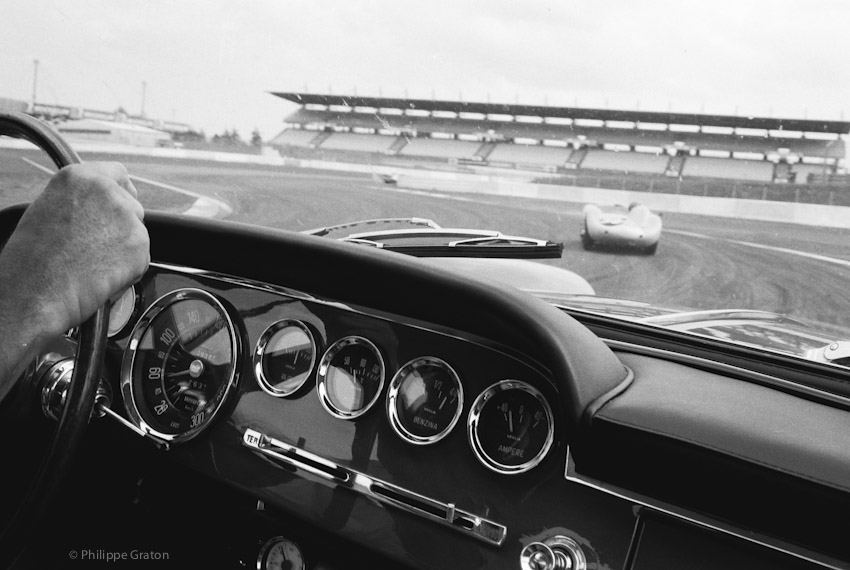
Here’s another cliché pitched into the barriers. It’s not men’s level of testosterone that pushes them to want a sports car – it’s the other way around: driving a sports car increases the secretion of these male hormones. Concordia University in Montreal has published its research results and, depending on the type of car driven, either a normal car or a convertible sports car, the same men produced highly differing levels of testosterone. Knowing the anti-aging and anti-cancer virtues of this hormone, it’s time to forswear these clichés and to campaign for the bearing of costs by the national health insurance of the road tax disk of Porsches, Lamborghinis, Ferraris and other sundry youth therapies.
Encore un cliché qui vole dans le décor. Ce n’est pas le taux de testostérone qui pousse les hommes vers les voitures de sport, mais l’inverse : conduire une voiture de sport accroît la sécrétion d’hormones mâles. L’université Concordia de Montréal a publié les résultats de ses recherches. Selon qu’on leur fait conduire une voiture banale ou un cabriolet de sport, les mêmes hommes produisent des taux de testostérone spectaculairement différents. Lorsque l’on connaît les vertus de cette hormone, anti-âge et anti-cancer, il est temps de renoncer aux clichés et de militer pour la prise en charge par la sécu de la vignette des Porsche, Lamborghini, Ferrari et autres cures de jouvence.
Subscribe to The Wednesday Shot
Every wednesday, I will be posting a new image.
Suscribe and you’ll receive a photography like this one, each week, in your mailbox, whether you’ve been nice or not.
